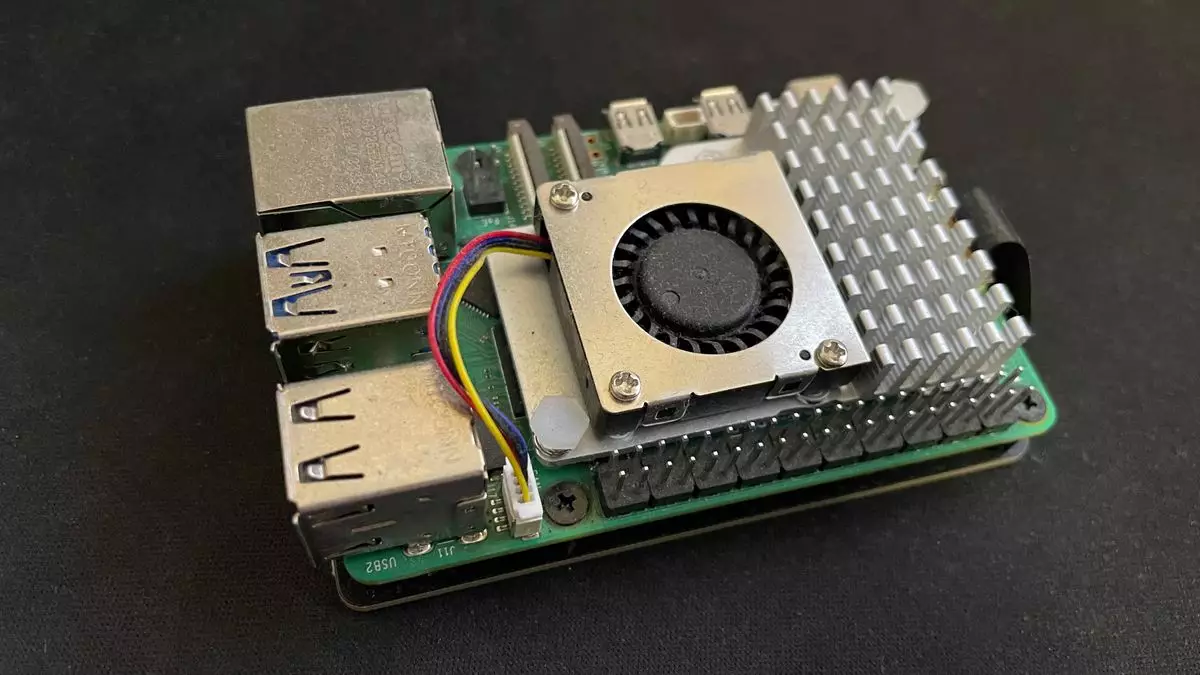The Raspberry Pi 5, released in 2023, marked a significant leap forward for enthusiasts and developers alike. One of the most unexpected but exciting features was its support for PCIe drives, leading to a reimagined potential for hobbyists to transform this compact single-board computer (SBC) into a functional desktop setup. This article explores the implications of this new feature, the subsequent offerings by Raspberry Pi Ltd, and what it means for the future of gaming on a Raspberry Pi.
The inclusion of a PCIe connector on the Raspberry Pi 5 opened a realm of possibilities, particularly in terms of storage solutions. For many users, the Raspberry Pi has long been cherished for its affordability and versatility, but its limitations in performance often curtailed more demanding applications, including gaming. Upon the device’s launch, however, the lack of official PCIe-based SSD solutions to tap this newfound capability was a letdown for many.
Initially, third-party solutions, such as Pimoroni’s NVMe Base, provided a workaround for users wanting to connect high-speed storage devices. While innovative, these options required careful selection of compatible SSDs, adding an extra layer of complexity to what was designed to be an accessible platform. This situation changed dramatically with the announcement of official SSDs and kits from Raspberry Pi Ltd, simplifying the upgrade path for users eager to exploit the performance enhancements.
The advent of officially sanctioned SSD solutions not only standardizes the upgrade process but also guarantees compatibility. Raspberry Pi’s solution comes with dedicated M.2 HATs (Hardware Attached on Top), making it easy for users to add the SSDs to their Pi setups without the hassles of compatibility issues that had plagued earlier third-party options.
In these offerings, Raspberry Pi is providing a range of SSDs, including a budget-friendly 256GB drive priced at $30 and a larger 512GB version for $45. These SSDs boast impressive performance metrics, including minimum 4KB random read and write speeds of 40k IOPS and 70k IOPS respectively. Such specifications position Raspberry Pi 5 not just as a lightweight computing option, but as a legitimate contender for daily desktop tasks and gaming — a proposition previously unimaginable for its predecessors.
The Raspberry Pi 5’s newfound capability for SSD connectivity has rekindled interest in gaming applications. Users are now able to run classic titles and even more complex games with a reasonable degree of performance. My initial foray into gaming on this device was surprisingly positive; titles like Doom 3, although played at low resolutions, demonstrated viable frame rates that hinted at the device’s growing potential.
However, the earlier experience using just a MicroSD card highlighted limitations; even high-end cards cannot compete with the speed, stability, and data integrity provided by SSDs. The official SSD solutions are excellent for mitigating these drawbacks, paving the way for gamers to enjoy smoother experiences and reduced load times. Furthermore, the possibility of overclocking the PCIe interface via simple configuration tweaks allows users to maximize the performance of their setups, tapping into the impressive speeds of PCIe 3.0, despite the board’s official claim of PCIe 2.0 support.
As the Raspberry Pi ecosystem matures, the integration of official SSD solutions represents more than just an incremental upgrade; it signals a shift in how we view SBCs as platforms for computing and gaming. The ease of use offered by fully compatible hardware promises to entice more developers and hobbyists to consider the Raspberry Pi for a variety of applications, from retro gaming environments like RetroPie and Recalbox to potentially running modern gaming libraries through platforms like Steam.
Moreover, the future could hold even more exciting developments. With Raspberry Pi making strides in both hardware access and community engagement, we may see further expansions that embrace not just gaming, but other areas like multimedia production and private cloud storage.
The Raspberry Pi 5’s evolution into a legitimate desktop and gaming solution, bolstered by the release of official SSD kits, represents an exciting new frontier. The combination of accessibility, affordability, and performance positions the Raspberry Pi not merely as an educational tool but as a versatile platform for innovative computing solutions in a rapidly changing technological landscape.

